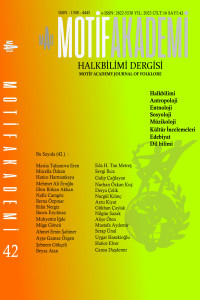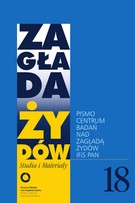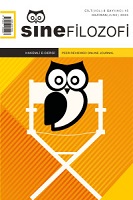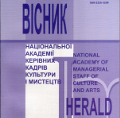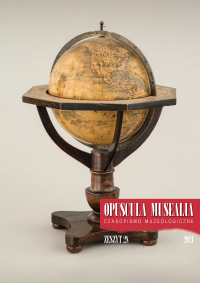
Rodzaje odbitek występujących w grafice artystycznej w kontekście nieuczciwych zachowań uczestników rynku dzieł sztuki
The study analyses dishonest activities related to the types of copies of artistic prints, which are undertaken by participants of the art market. In the introduction, legal regulations concerning counterfeiting of artistic prints were discussed. Appropriate legal qualification of an act is important in the context of assigning criminal responsibility and the level of threat of punishment. As a rule, if an object is a historical monument within the meaning of the Act on the protection of historical monuments, the provisions of art. 109a are applied, which penalises counterfeiting or falsifying the historical monument in order to use it in the trade of historical monuments. Other cases are governed by art. 286 §1 of the Penal Code, which penalises fraud. However, not all actions undertaken by dishonest bidders and concerning the disposal of a plate or interference with the composition placed on it constitute forgery. Some of them constitute fraud, others, for example, deliberate lowering of the print run in order to artificially increase the demand for a given object. The article then lists the types of copies and briefly describes them. These include: copies made by the printmaker or a printmaking workshop working with the printmaker, copies with an original purpose other than commercial, posthumous copies, and copies from retouched plates, corrected or altered to some extent. The type of the copy is one of the factors determining the collector’s value of artistic prints. The last part of the study was devoted to state alteration, which is one of the ways of counterfeiting artistic prints. Condition alteration may be the effect of interference in the original plate or the copy itself. The final effect of the procedure is the change of the copy or the plate, which results in the adoption of a different state. Final conclusions are included at the end.
More...

